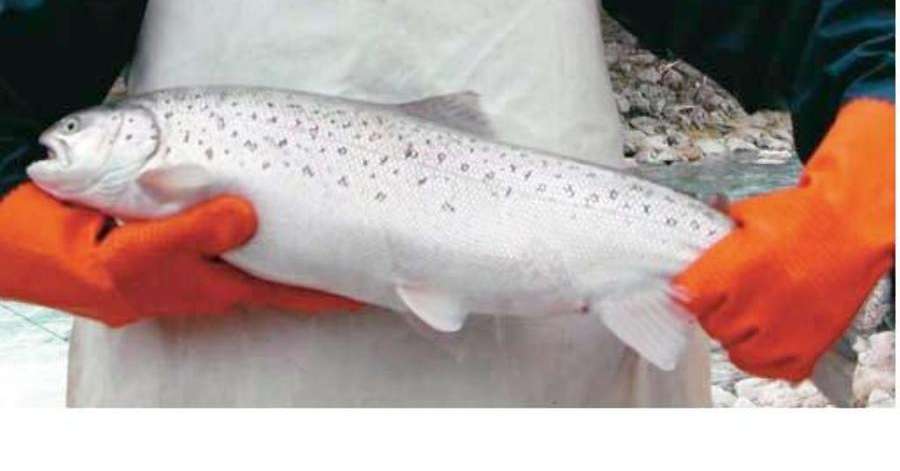ROMA. Do you throw away the skin of the trout and eat only the fillet? You should change your mind. Because there is a food treasure in the skin of the rainbow trout: it contains many more omega-3s than the fish fillets and is a candidate to be a food product.
This is revealed by research on Waste and biomass valorization, conducted by the University of Florence together with the University of Udine. “The world health authorities – explains the head of the team Giuliana Parisi, professor of aquaculture at the Florentine University – recommend an adult intake of about 500 mg per day of omega-3, in particular of eicosapentaenoic acid (Epa) and docosahexaenoic (Dha): the equivalent to 3.5 g per week. This quantity is generally associated with the consumption of about 2-3 portions of 100 g of fish “.
But many species are unable to produce the Epa and Dha fatty acids from scratch and therefore have to introduce them with their diet and then accumulate them in their tissues and “in the last 30 years, due to the depletion of natural fish stocks, the original ingredients marine have been greatly reduced and have been replaced with protein sources (flours) and oils of vegetable origin. This change in feed has meant that the omega-3 content in farmed fish has been reduced over time “, explains Giulia Secci, between the Florentine researchers together with Leonardo Bruni and Yara Husein.
The team also includes Francesca Tulli, a teacher in Udine. To increase the supply of Epa and Dha the way seems to be that of the enhancement of by-products and the prevention of food waste.
“Trout skin – comments Parisi – is a valuable source of omega-3s: the average content of omega-3 found in it amounts to 25% of the total fatty acids, compared to 15% contained in the fillets of the same animals. And the most important thing is that this percentage of omega-3 tends to remain constant in the skin, regardless of the diet given to the animals. ”
–


